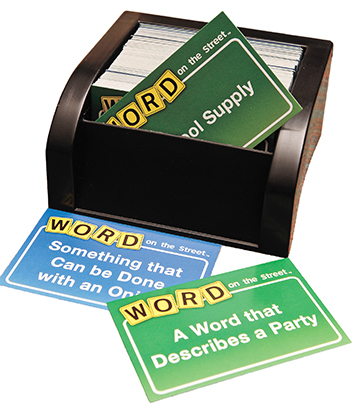Subscriber Benefit
As a subscriber you can listen to articles at work, in the car, or while you work out. Subscribe Now“The Adventures of Huckleberry Finn” wasn’t even mentioned, let alone taught, during my school years. Whether that was a function of the times or the schools I attended, I don’t know, but I didn’t get around to reading Mark Twain’s novel until I was well into my 30s.
By that time, I had experienced versions on TV (crushing on Becky Thatcher in the “Huck Finn” segment of “The Banana Splits”), in movies (where Mickey Rooney played the lad), and even in a stage musical (“Big River”). And, of course, I had read about the should-it-be- or shouldn’t-it-be-taught controversy over the book’s liberal use of a repulsive ethnic slur.
 In spite of all of this—or maybe because of it—I wasn’t prepared for how rich the novel proved to be, filled with seemingly contradictory ideas about race, youth and America.
In spite of all of this—or maybe because of it—I wasn’t prepared for how rich the novel proved to be, filled with seemingly contradictory ideas about race, youth and America.
But in his smartly written new book “Huck Finn’s America: Mark Twain and the Era That Shaped His Masterpiece” (Simon & Schuster), Butler University professor Andrew Levy makes a strong case that I—and most readers of the last few decades—miss the big picture when reading Twain’s book.
“What happens when one truly breaks the seal that treats ‘Huck Finn’ like a children’s book about children, and a grown-up’s book about race and politics?” Levy asks. The best way to appreciate the scope and intent of the novel, he argues, is to look at what was happening in the world where Twain lived and to not focus on just issues of race, but also on issues of youth. “Turn your pencil around, and put that eraser on the very edges of that old dog-eared copy of Huck you own, and rub until the place where the border between the book and the world disappears.”
To that end, Levy explores the violence Twain witnessed during his formative years, examines the importance of the minstrel show as popular entertainment, and offers telling detail on the growing national concern about the wildness of young men, all of which play key roles in the tale Twain eventually put on paper.
 Levy
Levy“What Twain wrote in 1876—those opening fifteen or sixteen chapters—was deliriously unstable,” Levy states, “taking rapidly evolving national images of children as victims and criminals and superimposing one over the other.” Finn, he reminds us, wasn’t just an Irish name, it “was stage Irish at a time when being Irish in America meant you weren’t really white: you belonged to a ‘dark race’…”
Much of the book focuses on Twain’s speaking tour, intended in large part to promote the release of the novel. So popular was it that it even sparked a fight in Canadian parliament because adjournment was delayed and members couldn’t get to see the author. But the tour raised its own set of issues as attention was diverted from the novel by the anti-slavery opinions of George W. Cable, the speaker who shared billing with Twain.
As to the uncomfortable subject of minstrelsy, Levy’s approach is levelheaded and clear: It was the popular art form of the era, one Twain reveled in. And its political and social messages weren’t as cut-and-dried as we tend to believe today. “Once we acknowledge the role of minstrelsy in ‘Huck Finn,’” Levy writes, “we can start to have a better conversation about the nature of Twain’s achievement …” It’s just that willingness to look, with eyes open, at the past that makes Levy’s book stands out.
While these issues may be frequent subjects in academic journals and teachers’ lounges, Levy effectively translates them for a larger audience. I’m not only looking forward to reading “Finn” again, but also thankful that Levy has provided a new lens to appreciate Twain’s rich, revelatory, impossible-to-reduce tale.•
__________
This column appears weekly. Send information on upcoming arts and entertainment events to lharry@ibj.com.
Please enable JavaScript to view this content.

